Search
Remove Ads
Advertisement
Summary 
Loading AI-generated summary based on World History Encyclopedia articles ...
Search Results
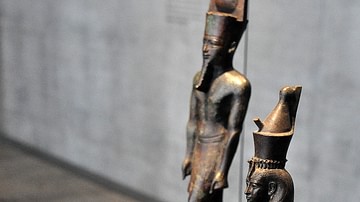
Article
Egyptian Gods - The Complete List
The gods and goddesses of Ancient Egypt were an integral part of the people's everyday lives for over 3,000 years. There were over 2,000 deities in the Egyptian pantheon, many whose names are well known - Isis, Osiris, Horus, Amun, Ra, Hathor...

Article
The Mayan Pantheon: The Many Gods of the Maya
The pantheon of the Maya is a vast collection of deities worshipped throughout the regions of Yucatan, Quintana Roo, Campeche, Tabasco, and Chiapas in Mexico and southward through Guatemala, Belize, El Salvador and Honduras. These gods informed...
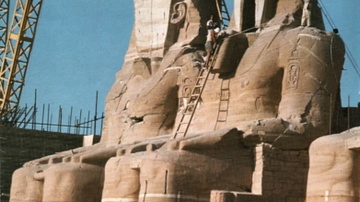
Article
Christiane Desroches Noblecourt - Strong as the Stones she was able to move
Her name echoes down the corridors, in classrooms and in books, Christiane Desroches Noblecourt was a great French Egyptologist and, in the opinion of the writer, a woman strong and determined enough to have been the first female to direct...
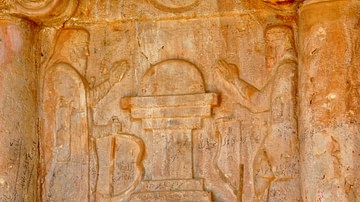
Article
Ancient Persian Gods, Heroes, and Creatures - The Complete List
The term 'mythology' comes from the Greek mythos (story-of-the-people) and logos (word or speech), meaning the spoken story of a people. Every civilization of the ancient world developed a belief system, which is characterized as 'mythology'...

Image
Statue of Roy
Roy, a well-known high-priest of Amun-Ra in Thebes, squats with his arms crossed on his knees. His long pleated robe was fashionable in the Ramesside period. The text on the back-pillar states that the statue was placed in the temple of Mut...
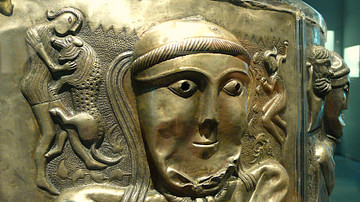
Article
The Ancient Celtic Pantheon
The ancient Celtic pantheon consisted of over 400 gods and goddesses who represented everything from rivers to warfare. With perhaps the exception of Lugh, the Celtic gods were not universally worshipped across Iron Age Europe but were very...

Image
Stela of Roy and Kashisha
Limestone stela of the priest Roy and standard-bearer Kashisha. From modern-day Egypt. New Kingdom, 18th Dynasty, circa 1420 BCE. (State Museum of Egyptian Art, Munich, Germany).
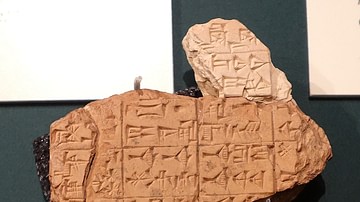
Article
The Instructions of Shuruppag
The Instructions of Shuruppag (c. 2000 BCE) is the most famous work of the genre of Sumerian wisdom literature whose purpose was to encourage proper behavior in conformity with cultural values and standards. It is among the oldest works of...

Image
Strong Box From Pompeii
An arca was a lockable strongbox for storing money and other valuables. Often placed in the atrium, the public area of the house, as a display of wealth and power. This one is decorated with a worshipper offering a sacrifice at an altar to...
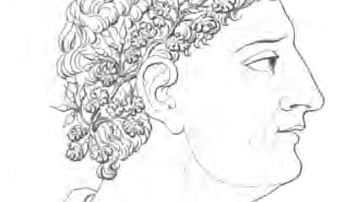
Definition
Marcus Gavius Apicius
Marcus Gavius Apicius, a wealthy and educated member of the Roman elite who lived during the reign of Emperor Tiberius (14-37 CE), is famous for his love of food and a cookbook titled De Re Coquinaria (The Art of Cooking). He was a model...